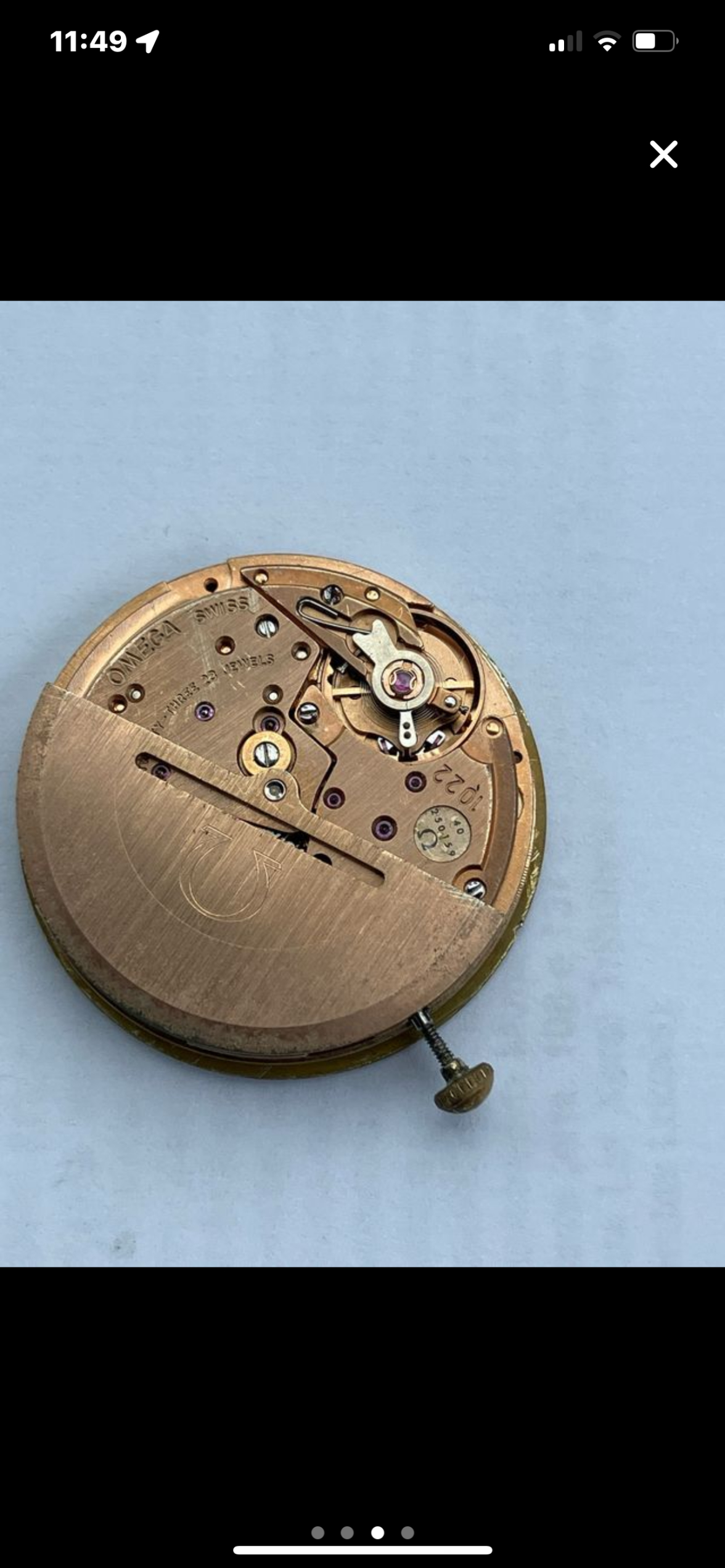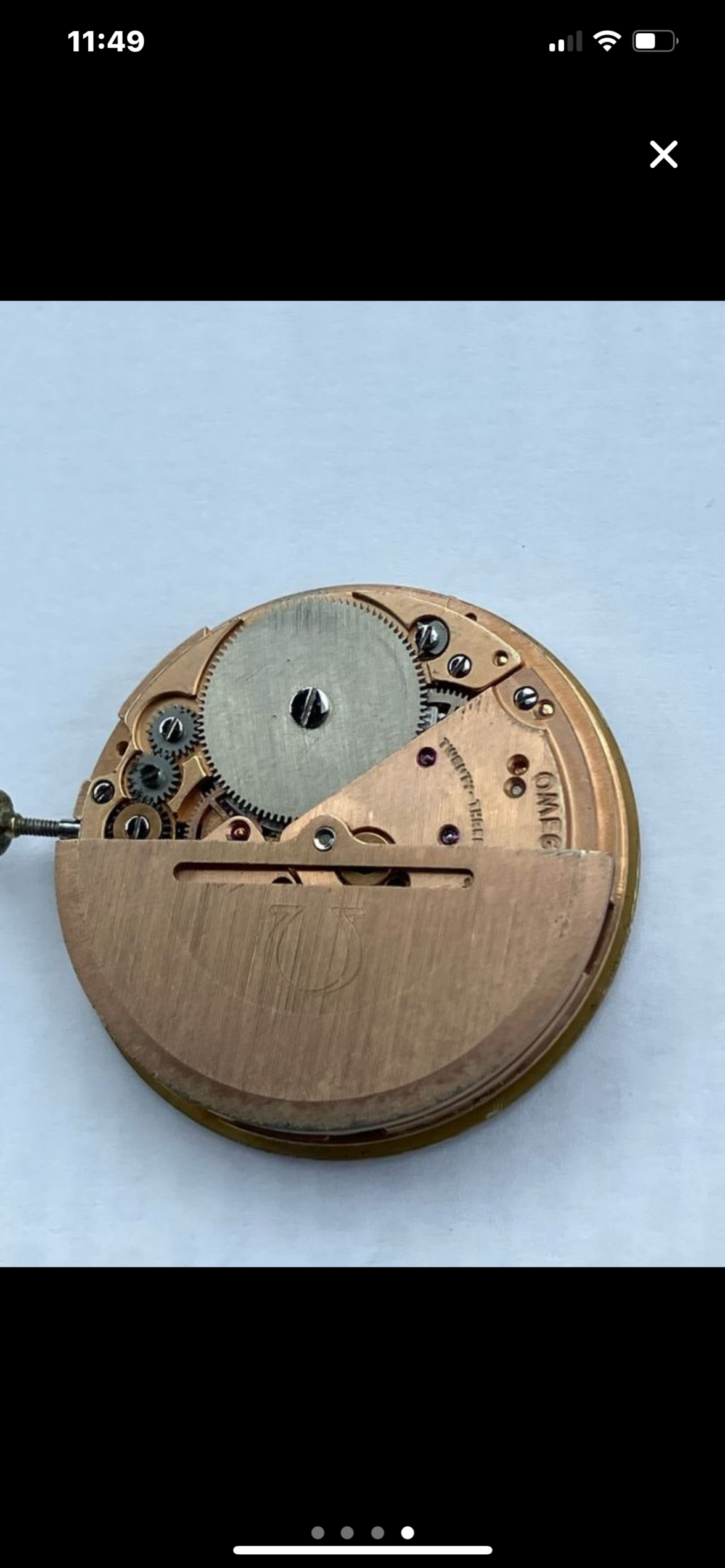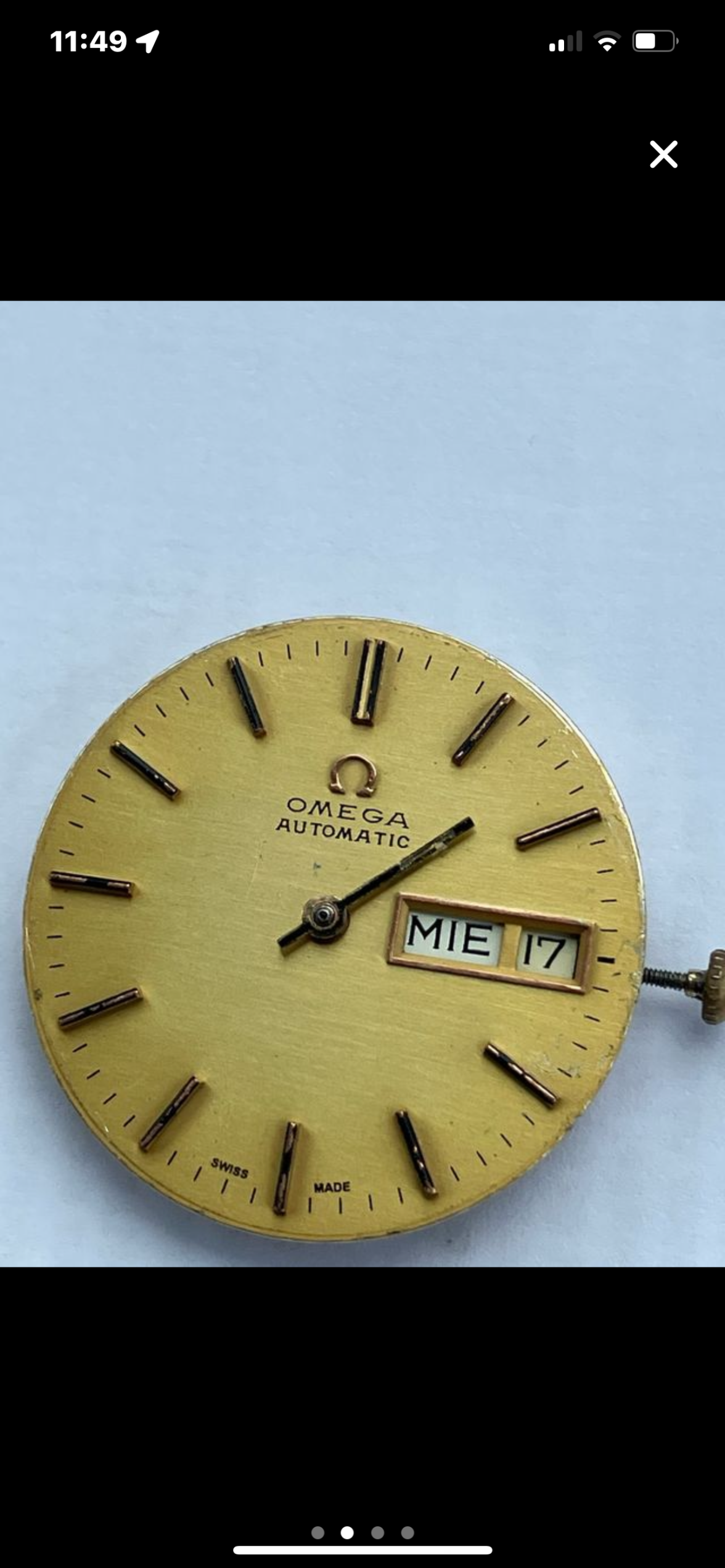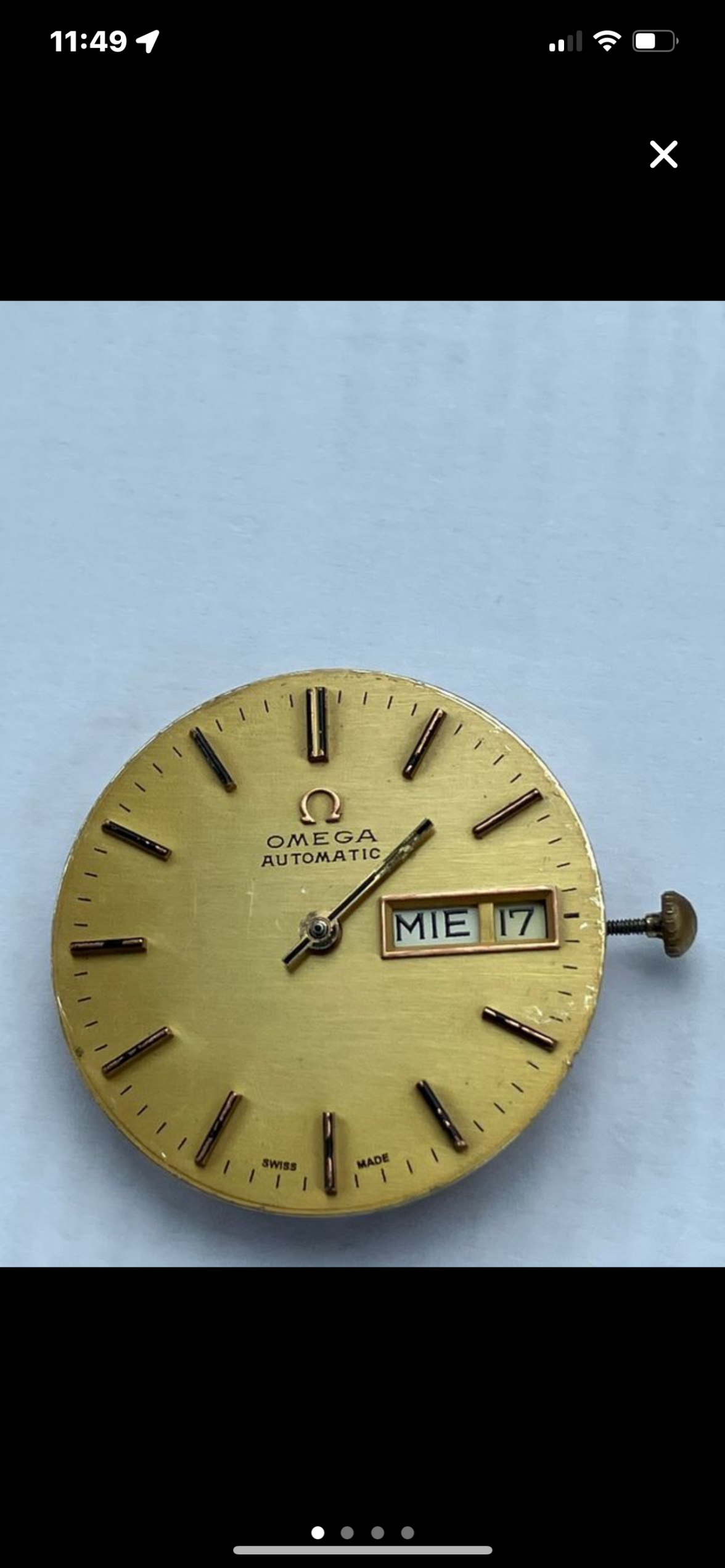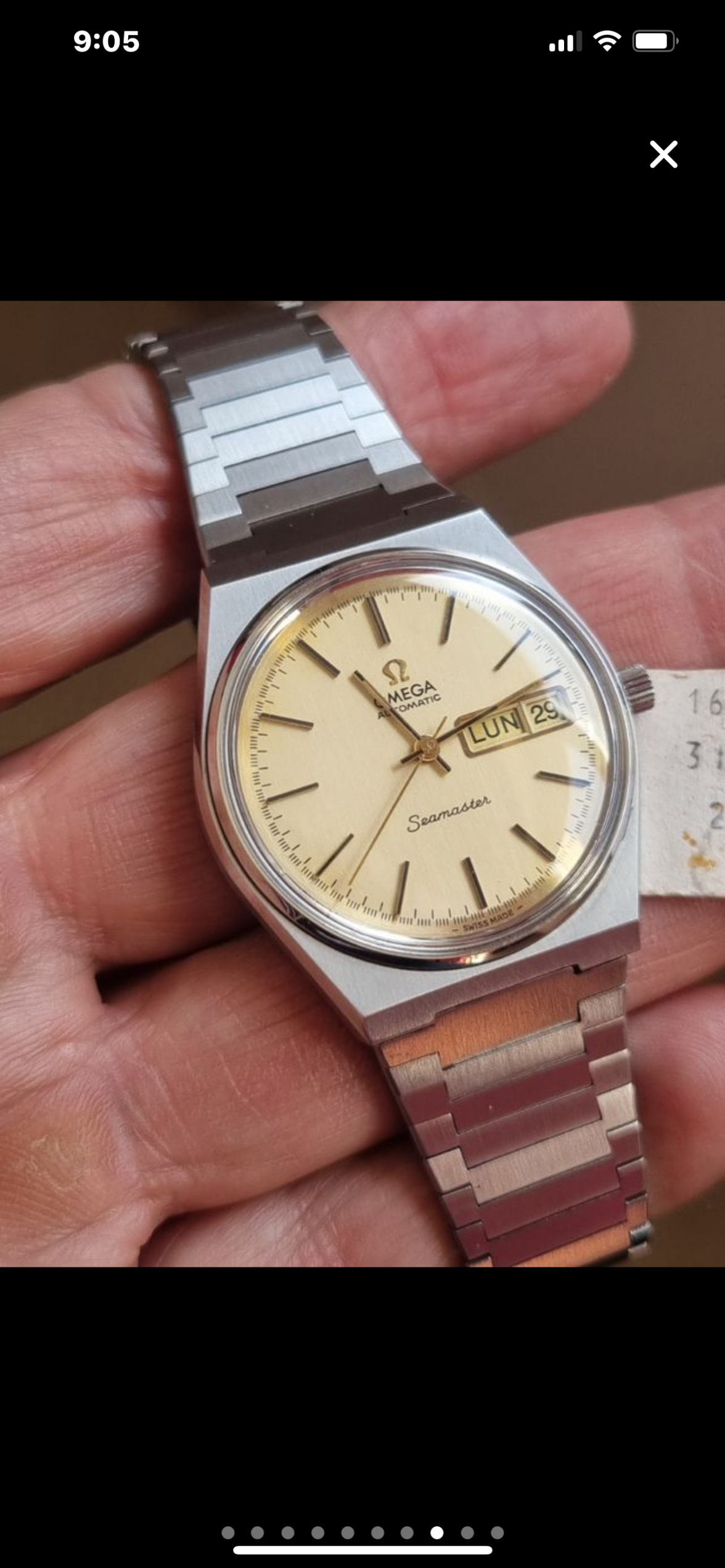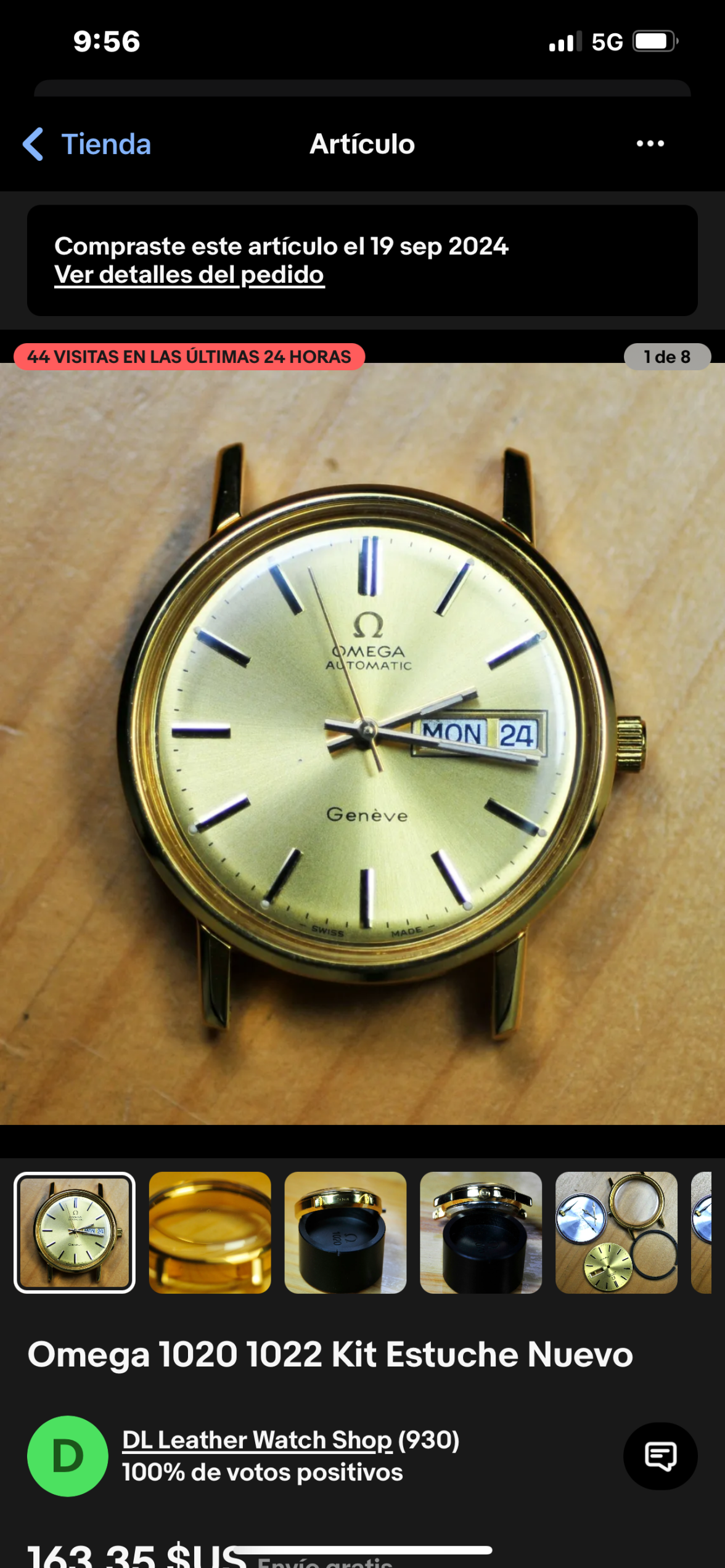Also, a general recommendation would be to start with a non-working watch,
My experience is the opposite. Start with a working watch. Not necessarily a cleaned an serviced one although that helps.
A good place to start is something like
Do It yourself Watch club. If the prices put one off, then this is not the best hobby. One can easily spend the same on an A. Schild, which at the end of the day is still an A. Schild and worth hardly anything. While spare parts may be availabel online or at the materials houses, they will still cost between 10 and 35 bucks. Common Omega (like 55x) are more in the 35 to sixty buck range as are Low end chronographs like Landeron. Valjoux/Rollex parts tend to double that, only becouse of the name assoiated.
A DIY sort of watch is what one would get if taking a formal class. There is a reason that such classes start with something in good working shape. That way one learns what the end results should be.
If one starts with something with say a dirty hairspring and fuzzed up jewels, Then it is hard to guess what to do to bring them into shape. Getting that last bit of performance, gets fustrating and often leads to abandonment of the project.
If one really gets the bug, one or two watches are never enough. Three of any given kind is usally enough. Three though tends to lead to 6 or 12. At least they do not take up much space.
If one visits established watchmakers, they are often a bit of hoarders. Some watches aquired for spares, others becouse they are interesting and the plan will be to fix them up when one has the time. (although if this is the main job, taking a bussman's holiday sort of defeatst the point, unless one really likes driving through the countryside.)
Still, good luck on these endevours. There is a lot of good advice in this thread and others. Not really intended to discourage.
The world needs more watchmakers and watchmaking hobby enthusiast.
